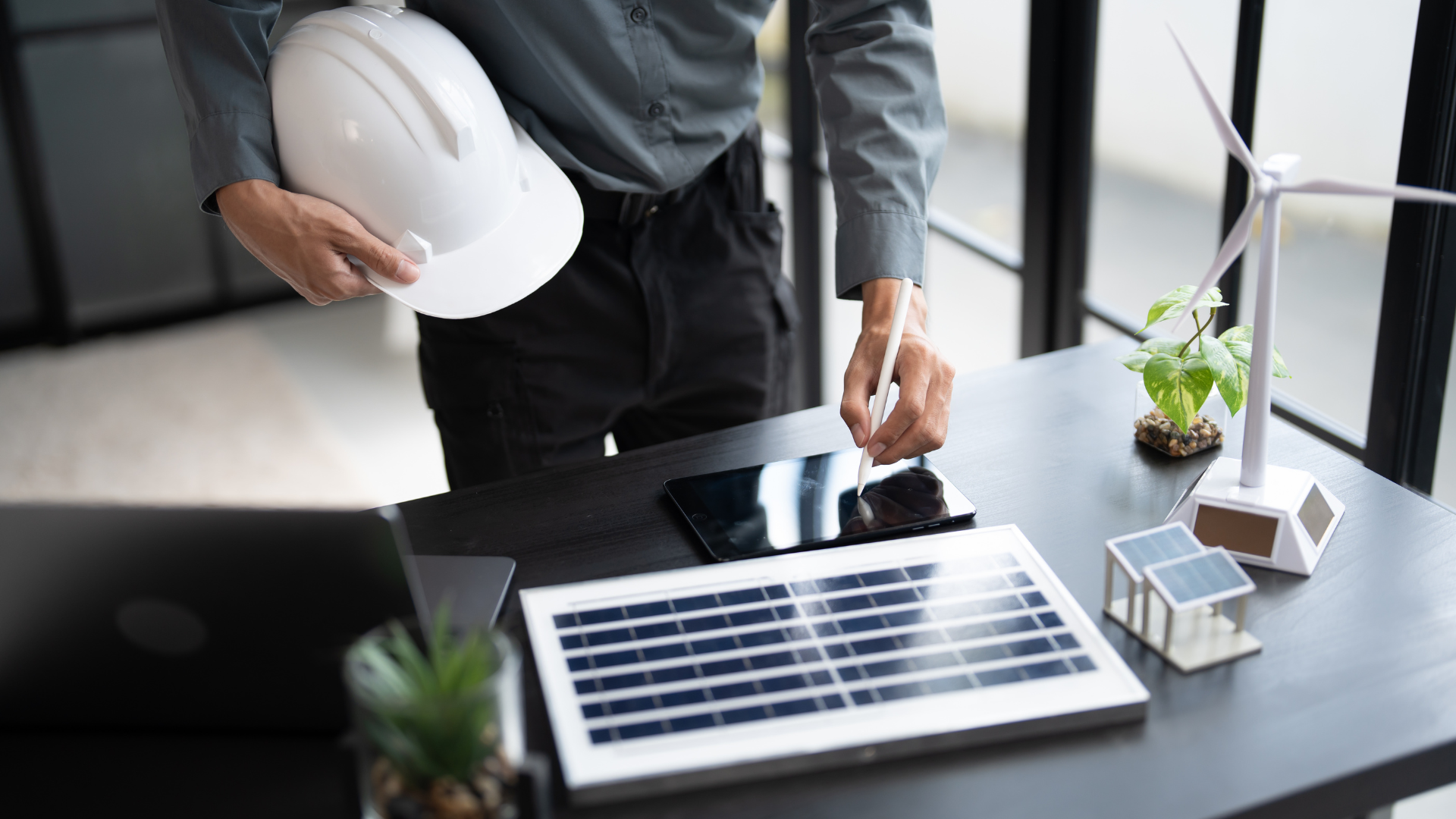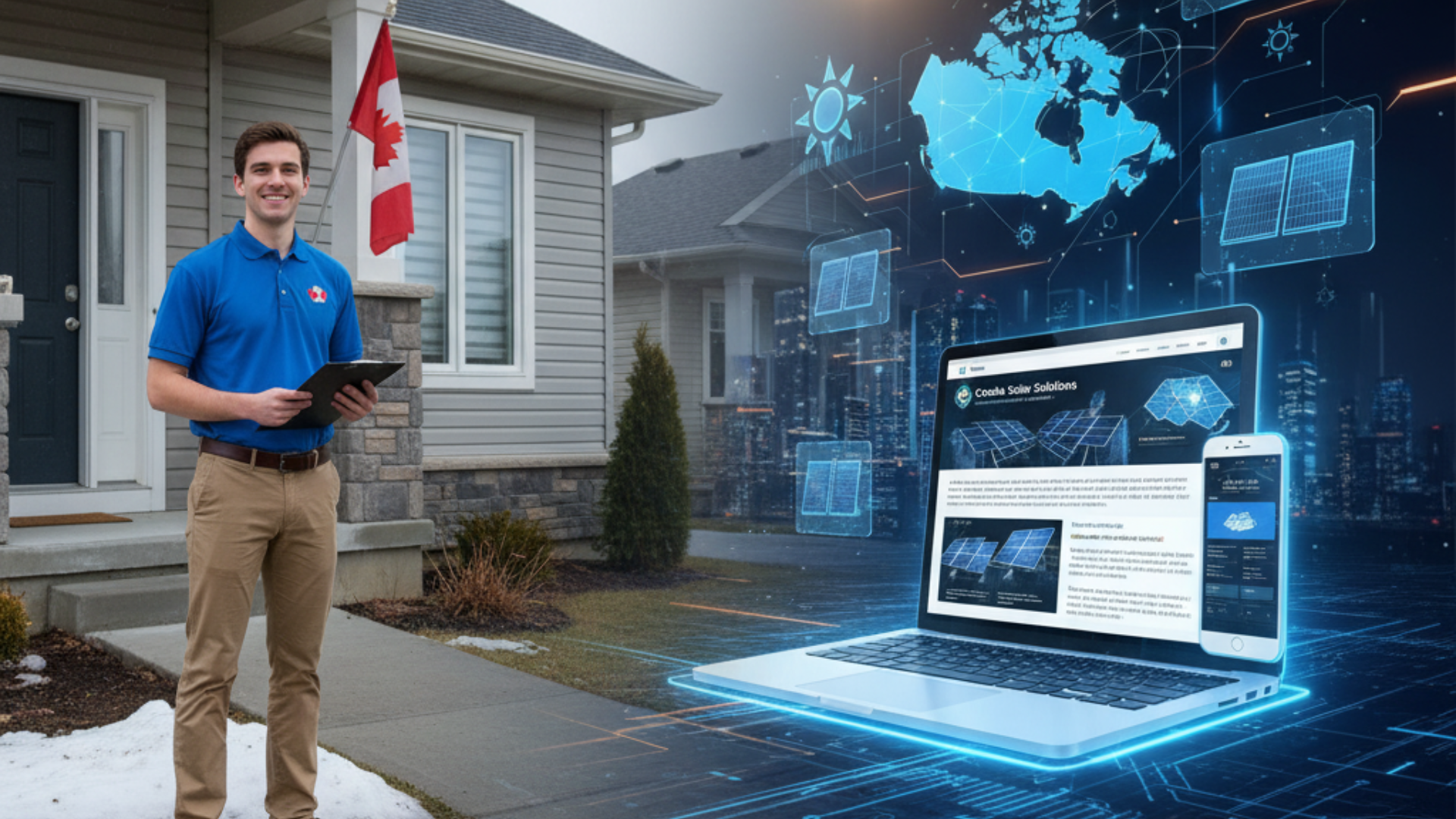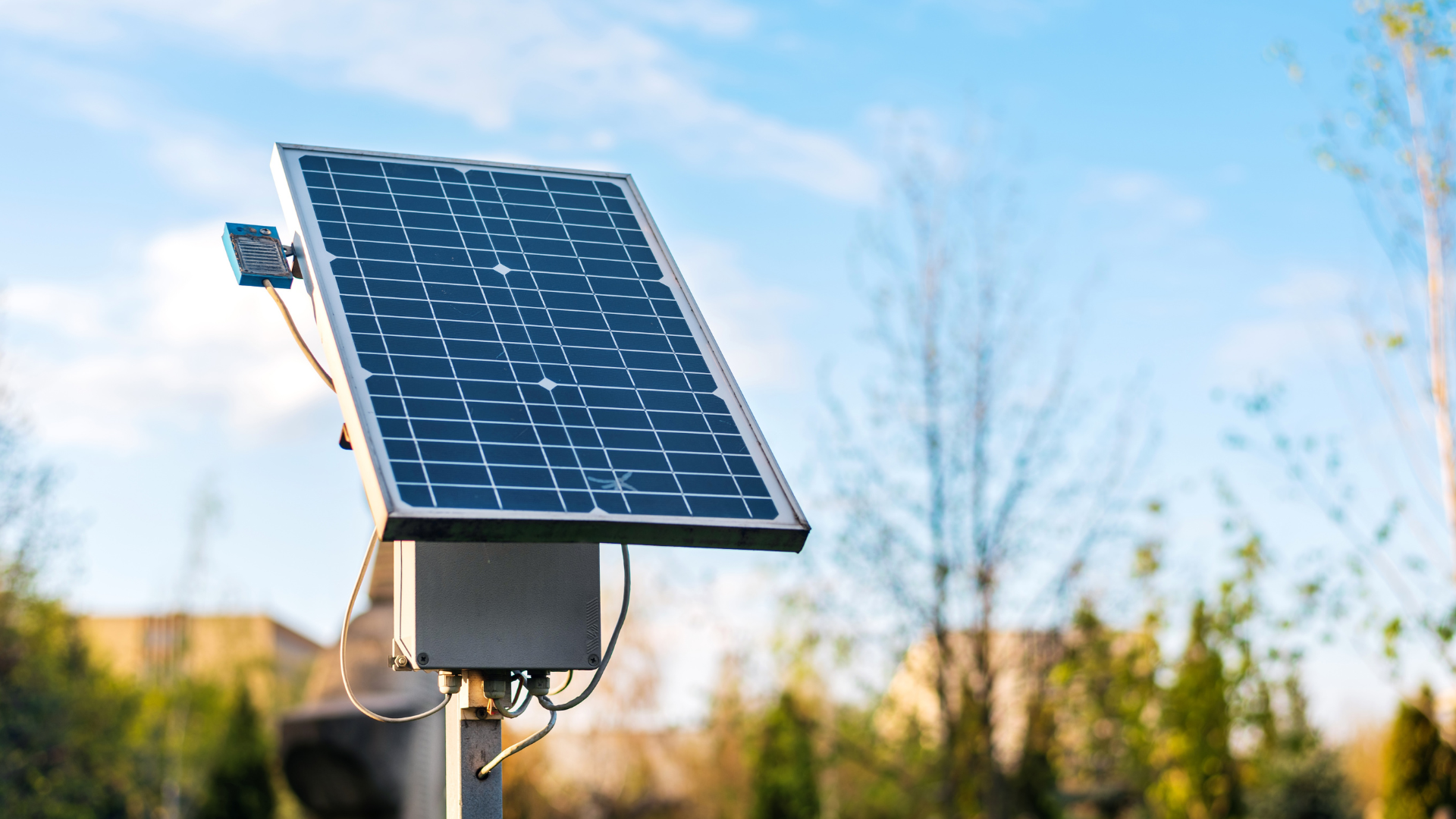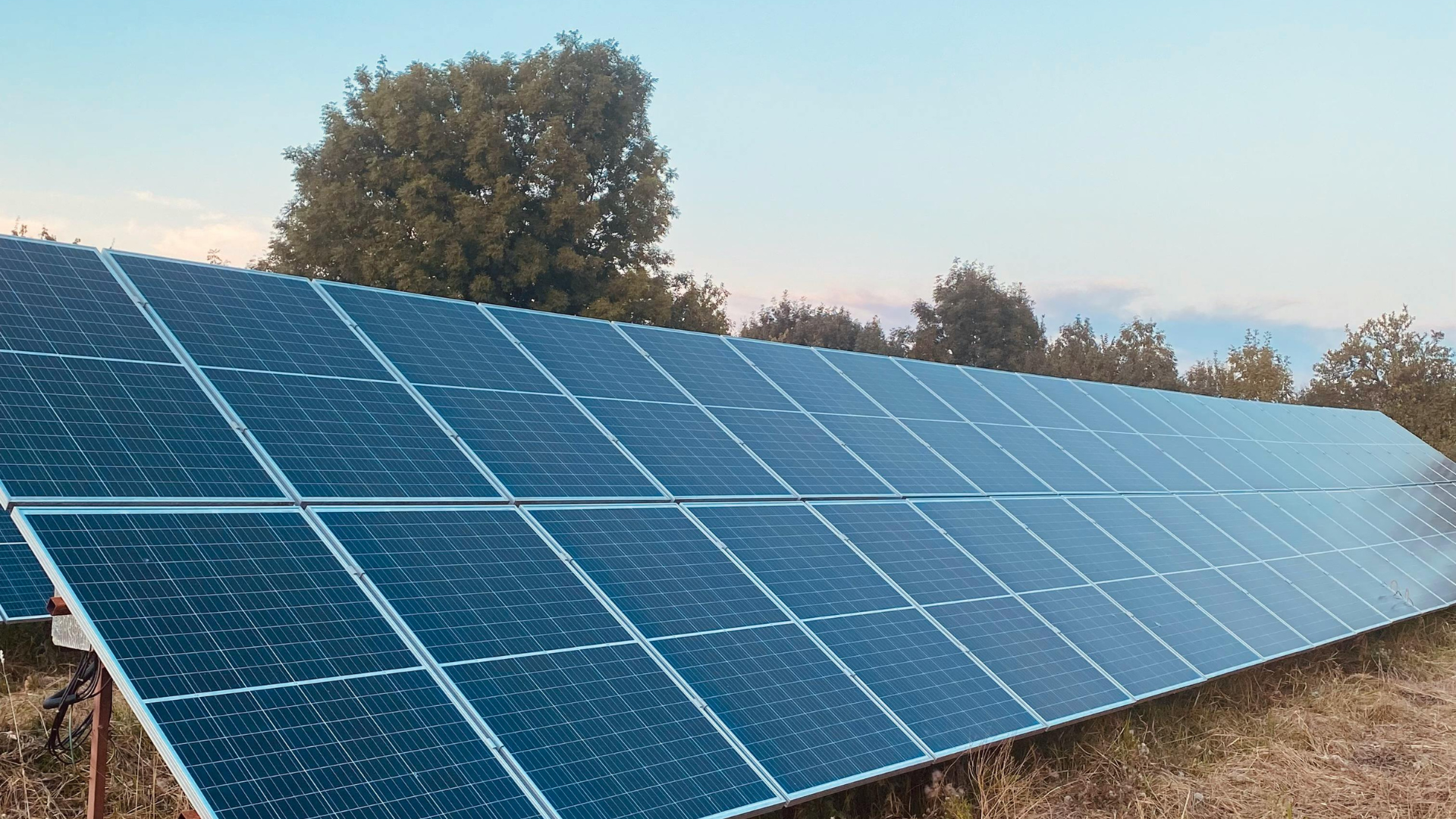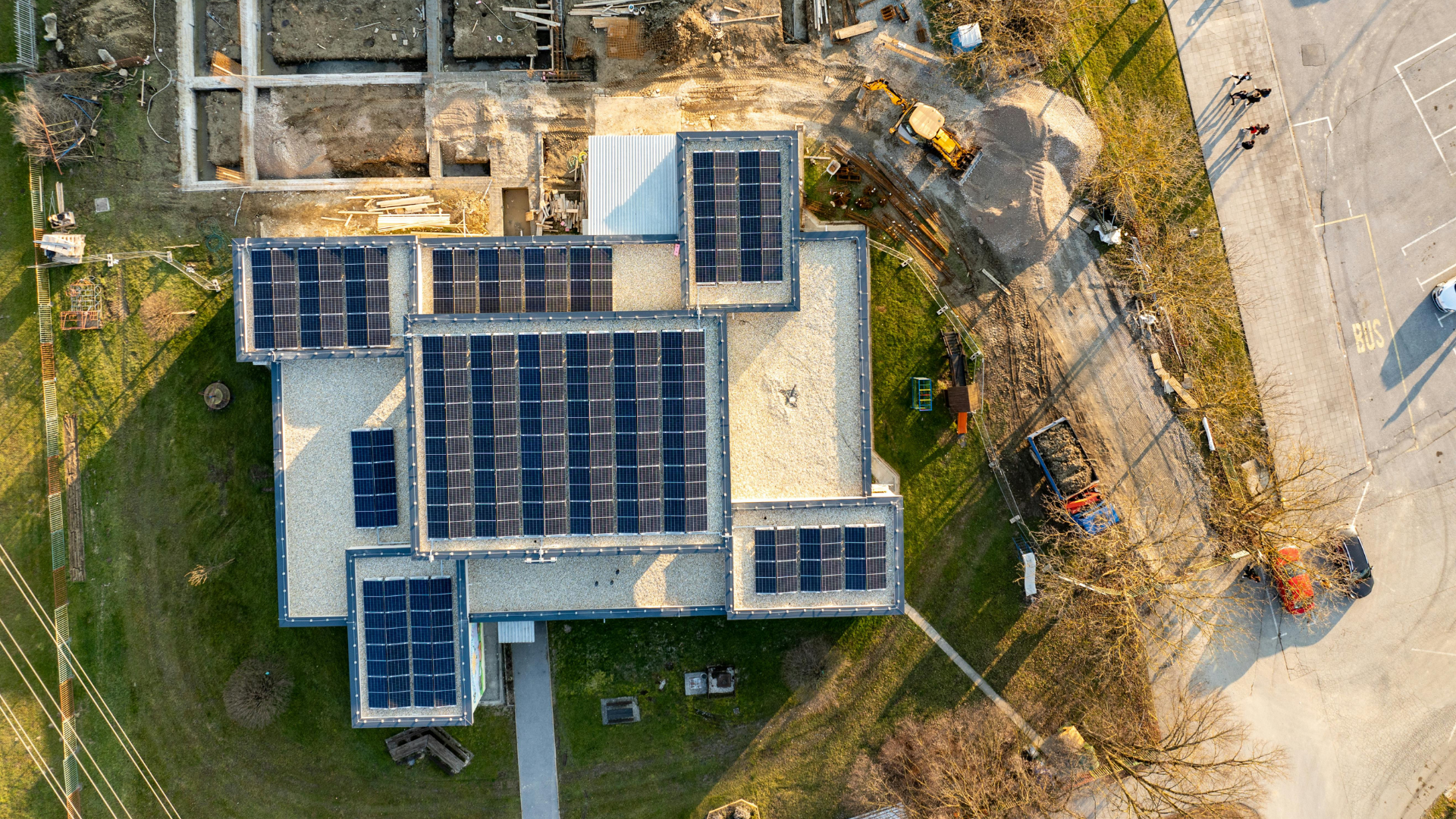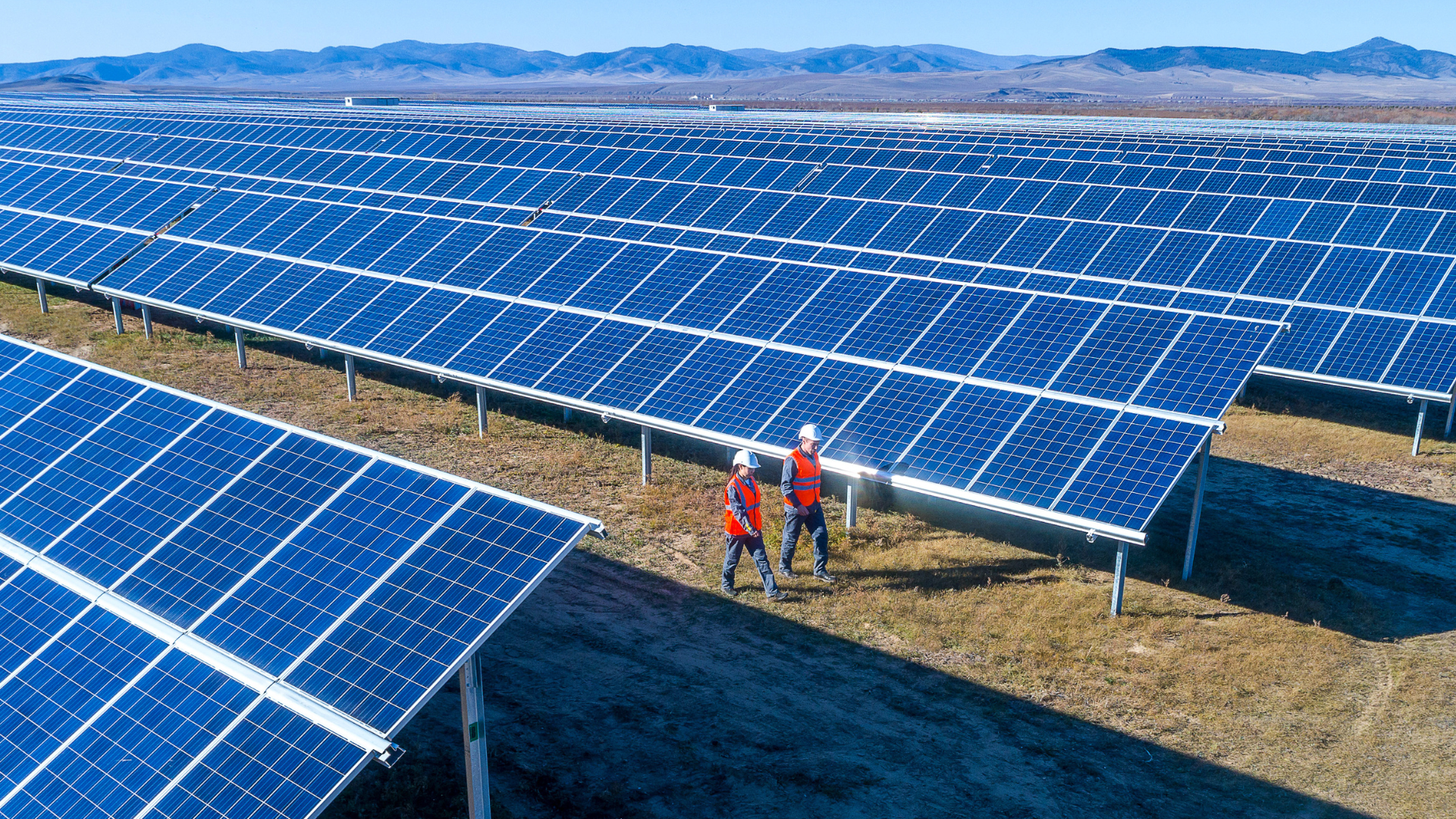December 22, 2023
As the world continues to search for sustainable and renewable energy sources, harnessing the sun's power has become a shining solution. Solar panels have swept the globe, providing clean and efficient electricity for homes, businesses, and communities. But did you know that the angle at which these panels are placed can make all the difference in their efficiency?
In this blog post, we will delve into the secrets of finding the optimal angle for solar panels, unlocking more efficiency, and ensuring you get the best bang for your buck. So, sit back, soak up the rays, and get ready to optimize your solar panels for maximum efficiency.
Understanding Solar Panel Angles
Solar panels can be a great source of renewable energy, but did you know that the angle at which they are installed can have a big impact on their efficiency?
The optimum solar panel angle depends on your geographical location and the time of year. For example, if you live in the northern hemisphere, your panels should face south to receive maximum sunlight.
Additionally, the angle of the panels should be adjusted throughout the year to account for the changing position of the sun in the sky. Understanding the ideal angle for your solar panels can help you get the most out of your investment in renewable energy and make a positive contribution to the environment.
Impact of tilt angle on solar panel efficiency
The efficiency of these panels is heavily reliant on various factors, including the angle of the panel. As the tilt angle of a solar panel changes, so does its energy output. A solar panel's efficiency decreases if it's tilted too steeply or too shallow, leading to reduced electricity production.
Finding the optimal solar panel angle is crucial to ensure panels operate at their highest potential. Installing solar panels at the correct angle will not only benefit the energy output but also save homeowners money in the long run.
Studies have shown that solar panels installed at the optimal tilt angle have higher performance and can generate more energy throughout the year, making them a smart investment in the future of clean energy.
At, Sunbase, we provide a suite of the best software and tools to hundreds of companies, from Solar CRM to features like Door-to-door sales software/apps. Our field sales app is the perfect solution to handle your time management challenges and capture real-time data.
What are the Factors Influencing the Optimum Angle for Solar Panels?
In the pursuit of harnessing maximum solar energy, the optimum tilt angle for solar panels becomes a critical consideration. This angle, determining the panel's orientation relative to the sun, plays a pivotal role in the overall efficiency of the solar panel system.
Several factors contribute to determining the ideal tilt angle, with careful consideration needed during both the design and optimization phases of solar installations:
A. Geographic location
The geographical location of a solar panel installation is a fundamental factor influencing the optimum tilt angle. Different regions receive sunlight at varying angles due to the Earth's curvature. For optimal performance, solar panels should be angled to align perpendicular to the sun's rays.
Consequently, the latitude of the installation site becomes a key parameter in determining the ideal tilt angle. Areas near the equator might need flatter tilts for efficient capture, whereas higher latitudes usually require steeper angles for efficient energy capture.
B. Seasonal variations
Seasonal changes introduce fluctuations in the sun's path across the sky, necessitating adjustments to the tilt angle for consistent solar energy production throughout the year.
As the sun's position varies during different seasons, the tilt angle should be adaptable to capture sunlight effectively.
For instance, a steeper tilt might be suitable during winter to maximize exposure to lower sun angles, while a shallower tilt could be preferred in summer to accommodate higher sun trajectories.
C. Roof pitch and orientation
The architecture of the installation site, particularly the roof pitch and orientation, significantly impacts the optimum tilt angle of solar panels.
Since roof structures vary, flat roofs may necessitate specialized mounting structures to achieve the ideal tilt, while pitched roofs offer opportunities for integration without extensive modifications.
Furthermore, the cardinal orientation of the roof (north, south, east, or west) influences how panels capture sunlight, demanding strategic placement and tilt adjustments for optimal energy generation.
Optimizing Solar Panel Angle
Maximizing the efficiency of solar panels goes beyond their installation; it involves the careful optimization of the angle at which they are set. This seemingly simple task is a nuanced process influenced by various factors that, when considered thoughtfully, can significantly enhance the energy output of your solar power system.
Let's explore the optimization considerations for both residential and commercial solar panel installations.
A. Residential Solar Panel Systems
Residential solar panel systems demand a tailored approach to angle optimization due to their unique settings. Consider the following key aspects:
1. Roof Structure and Pitch
Adapt the solar panel tilt angle and solar panel orientation to complement the roof pitch, ensuring a harmonious integration with the existing structure.
For flat rooftop solar panels, specialized mounting structures may be necessary to achieve the ideal tilt for efficient energy capture.
2. Aesthetics and Space Utilization
Balance efficiency with aesthetics by optimizing the tilt angle to capture maximum sunlight while maintaining a visually pleasing rooftop appearance.
Utilize available space effectively to accommodate the desired panel orientation, considering potential shading from nearby structures or trees.
3. Seasonal Adjustments
Plan for seasonal variations by adjusting the panel tilt to the best angle to optimize energy capture during different times of the year.
Explore the use of adjustable mounting systems to facilitate easy changes in panel angles based on seasonal requirements.
B. Commercial Solar Panel Installations
Commercial solar panel installations, often larger in scale, come with their own set of considerations for angle optimization:
1. Array Configuration
Organize solar panels in an array configuration that maximizes exposure to sunlight, considering the available space and desired energy output.
Align panels in rows to facilitate uniform adjustments to tilt angles, ensuring consistent optimization across the entire installation.
2. Tracking Systems
Explore the integration of solar tracking systems that automatically adjust panel angles throughout the day to directly face the sun.
Dynamic tracking enhances energy capture, especially in large-scale installations where incremental efficiency gains translate to significant overall output.
3. Financial Considerations
Evaluate the economic viability of optimizing panel angles by weighing the upfront costs against the long-term energy savings.
Factor in available incentives and rebates that may offset expenses related to advanced mounting and tracking systems.
Want to know If Solar panels work in the Shade?
Challenges and Considerations
Here, we explore the challenges associated with environmental factors and the considerations:
A. Environmental Factors
1. Weather Variability
Environmental conditions, including unpredictable weather patterns, can impact the effectiveness of solar panel optimization. Extreme weather events such as storms or heavy snowfall may temporarily obstruct sunlight, affecting energy production.
2. Shading from Surrounding Structures:
Nearby buildings, trees, or other structures casting shadows on solar panels can hinder their ability to capture sunlight. Shading analysis is crucial during the installation phase to identify potential obstructions and optimize panel placement accordingly.
3. Airborne Particles and Pollution:
Accumulation of dust, dirt, or pollutants on solar panels can reduce their efficiency by obstructing sunlight. Regular cleaning is necessary to mitigate the impact of airborne particles, especially in areas prone to high pollution or dust levels.
Also Read, Can Solar Panels Work in Snow?
B. Maintenance Considerations
1. Regular Cleaning and Inspection:
Establish a routine maintenance schedule for cleaning and inspecting solar panels to ensure optimal performance. Cleaning may be required more frequently in areas with high dust levels or infrequent rainfall.
2. Monitoring System Performance:
Implement monitoring systems to track the performance of individual panels and the overall solar array. Proactively identify any deviations in energy production and address issues promptly to prevent prolonged periods of reduced efficiency.
3. Technological Upkeep:
Stay informed about advancements in solar panel technology and consider upgrades that may enhance efficiency. Regularly assess the condition of mounting structures, tracking systems, and any other technological components integral to angle optimization.
Conclusion
In conclusion, finding the best angle for your solar panels is super important for getting the most out of your solar system. The right angle means more sunshine gets turned into electricity, saving you money and helping the environment.
Remember, it depends on where you live, the time of year, and your roof's shape. Keeping your solar panels clean and well-maintained also helps them work better. Therefore, by choosing the right angle and maintaining your solar system, you're making a bright choice for clean energy that benefits both your pocket and the planet.
About Sunbase
If you have a solar business that needs to optimize operations, join us for a quick demo of the Sunbase software! If you have any doubts about our software, please contact us!
I agree to receive marketing messaging from Sunbase at the phone number provided above. I understand data rates will apply, and can reply STOP to OPT OUT.

